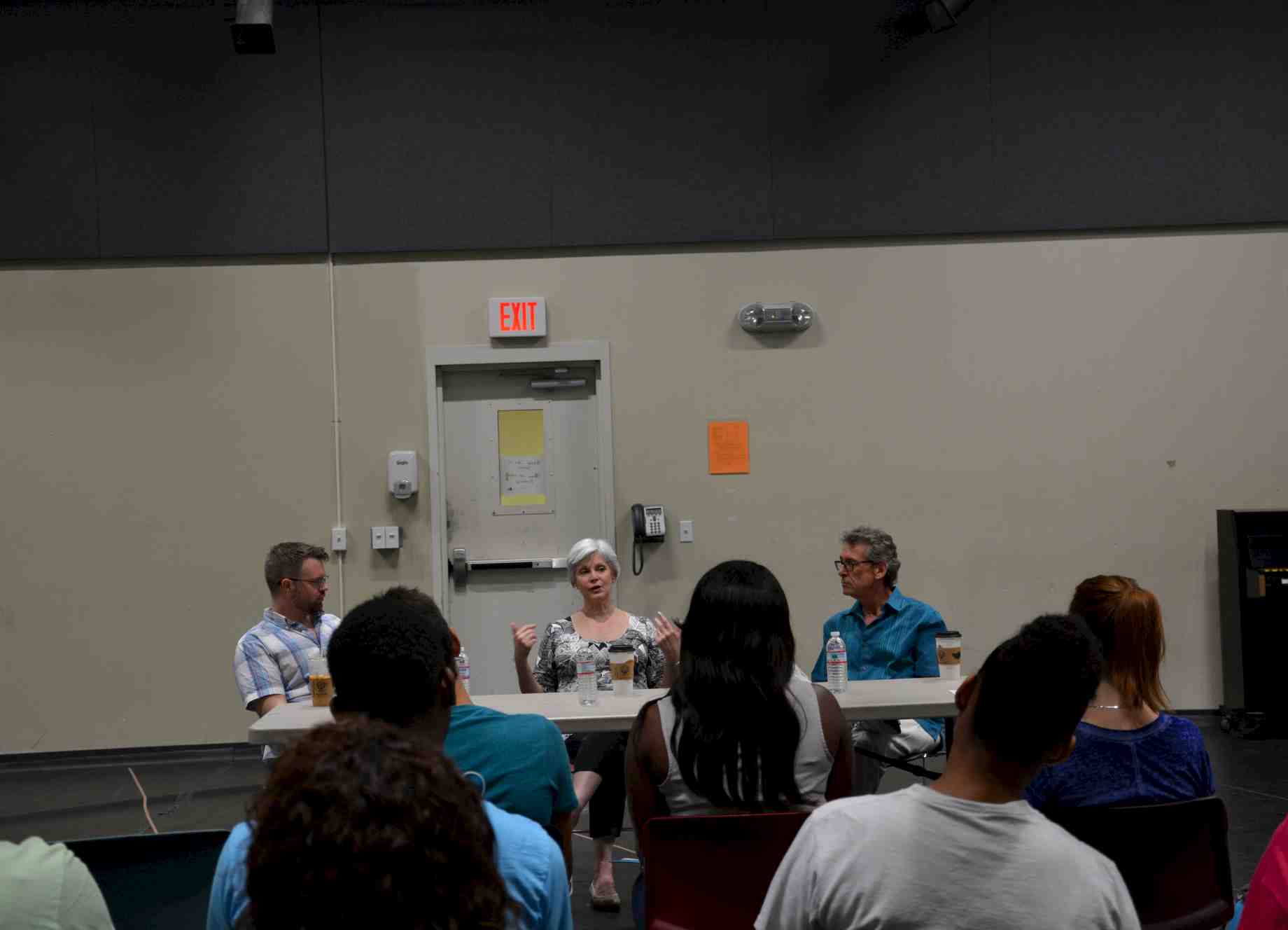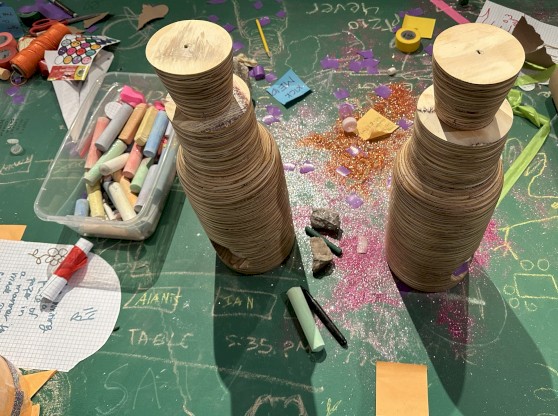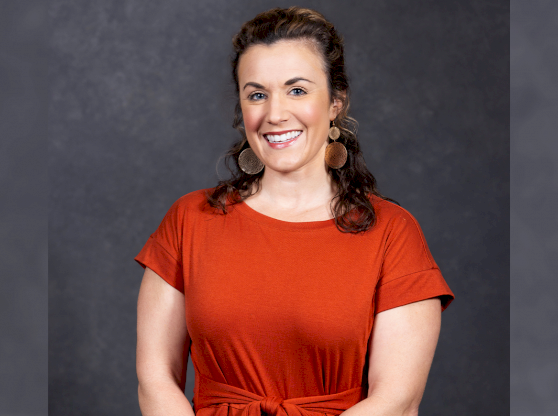On Thursday, May 21, 2015, University of Florida alum and two-time Tony Award winner, John Arthur Pinckard (BA Theatre '98), and Amy Danis and Mark Johannes of MARS Theatricals led a panel presentation titled “What Does a Broadway Producer Do?” The panel discussion was the first of two public presentations while Volleygirls, a new musical, is being developed at UF’s School of Theatre + Dance. Pinckard, Danis and Johannes are co-producers of the award-winning musical that will be presented by UF School of Theatre + Dance students June 11-14.
The producers led an open conversation with the audience on what a producer’s job entails and how the role of a Broadway producer has evolved over the years. A once one-person job has turned into a team effort spanning across the many facets of the field.
“A producer is a banker, cheerleader and fireman,” Danis said. "A banker because he or she must find funds, a cheerleader because he or she needs to cheer for the team and a fireman because he or she needs to resolve any conflicts that arise amongst the cast and crew."
There is also the distinction between a commercial producer and a theatre producer, Danis said. There used to be one man calling all the shots, versus today where there’s an army of people on a production team. Danis suggested following the path of workshops and non-profits to become a producer, whether it be commercial or theatre.
“Commercial producers are in competition with theatre producers who don’t have to pay back investors,” Danis said. "While theatre companies can nurture the production and take the fall if it happens because they have so many other shows going on.”
It all comes down to funding—how it is allocated for the production process and how it is allocated in the performance process. Although there are differences depending on what track of production you choose to go into, the overall goals of producers remain the same. “Everyone is in service of the same goal: to illustrate the story to the audience in the best way possible,” Pinckard said.
In the words of Johannes, "Producing is finding a way to tell them about your show as the elevator doors are closing.”
Getting the word out about your production is one of the most important aspects, but so is satisfying your audience with the performance. In a world where people will see the same show six to seven times, a producer’s job is to “pierce the veil of audience indifference,” Pinckard said.
For MFA graduate student Chelsi Stancil these words were her biggest takeaway from the presentation. “There’s a thousand things to do, especially in New York City, and our job as producers is to find the event within the art,” Stancil said.



